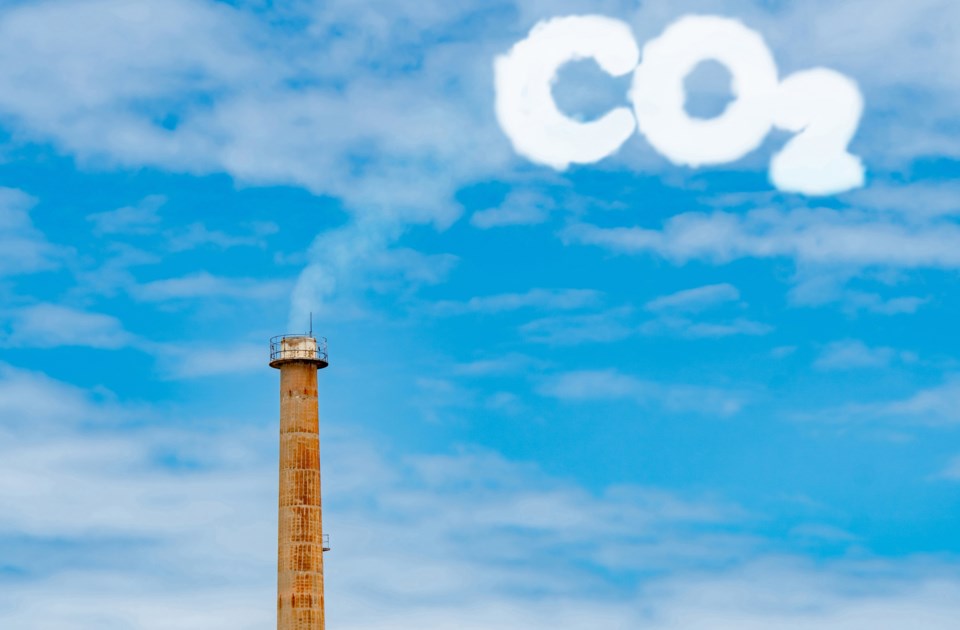First Nations and Metis communities are becoming heavily involved in carbon capture and storage projects in Alberta, capitalizing on developments that would see carbon emissions from industrial sites get buried deep underground.
Indigenous groups have obtained ownership stakes for two proposed carbon removal projects, the Open Access Wabamun Carbon Hub and Wolf Midstream Sequestration Hub, thus giving these communities more of a financial interest in projects and potential for reliable new revenue sources.
This is a positive development as it demonstrates how the private sector can drive down carbon emissions through technological innovation.
The involvement of many Indigenous groups demonstrates that First Nations and Metis want to get involved in the game and to re-build their economies. Indigenous individuals and communities are just as ambitious, enterprising, and entrepreneurial as any. The problem is how the federal government historically intervened in Indigenous economies and stifled initiative on reserves.
Negative stereotypes about Indigenous people and their work ethic have always existed, showing a lack of awareness of how past Canadian governments limited Indigenous engagement in the economy.
For many Indigenous peoples, it is not as simple as just “pulling up their bootstraps” and getting to work because there are real systemic barriers to economic development on reserves. Especially land ownership restrictions imposed by the Indian Act that limit Indigenous access to capital or policies that necessitate the excessive involvement of the Indigenous Affairs bureaucracy in economic projects.
There are few jobs in these communities and little opportunity for entrepreneurial and job-creating activity.
In 1993, Helen Buckley – a Canadian economist who worked in the Department of Finance – released a scholarly book called From Wooden Ploughs to Welfare: Why Indian Policy Failed in the Prairie Provinces.
She documented how Indigenous communities went from being self-reliant and interdependent to compliant and dependent on the government in the 1870s through deliberate government neglect and policy design.
Their economies went from being based on casual wage work and reliable trapping income towards reliance on social assistance, with the government encouraging people to remain on reserves lacking viable economies.
The Alberta Indigenous Opportunities Corporation (AIOC) was created in 2019 to provide loan guarantees for natural resource projects. According to Alberta Indigenous Relations, this corporation has backstopped more than $160 million in Indigenous investments. And the AIOC recently expanded the projects they back to include major agriculture, transportation, telecommunications, and proposed carbon capture and storage facilities.
Backstopping loans for First Nations to engage in energy and carbon capture projects across the West and beyond represents one big way Indigenous communities can express their innate but repressed ambition and entrepreneurial drive.
In 2011, Indigenous scholar Blair Stonechild referred to post-secondary education as the “new buffalo” for Indigenous peoples. He meant, of course, that with the decline of the bison herds on the Prairies, education now symbolized the new hope for Indigenous prosperity and livelihood.
He is certainly right, but what is becoming clear for Canada is that the energy economy and the carbon tech sector have also become a “new buffalo” for Indigenous communities.
Carbon capture and storage hubs located close to First Nations and Metis communities like the Open Access Wabamun Carbon Hub and Wolf Midstream Sequestration Hub could become tickets out of manufactured poverty, creating wealth for these communities while reducing the emissions impact for Canada.
Joseph Quesnel is a Nova Scotia-based consultant with the Canadian Energy Centre. Joseph is Quebec Metis by heritage.



